POLAND PAVILION. OSAKA EXPO 2025
Project Description:The Poland Pavilion for Expo 2025 in Osaka is conceived as a spatial and narrative environment responding to the Expo theme Heritage that drives the future. Rather than presenting heritage as a static condition, the pavilion explores it as an active and evolving force—one that connects natural systems, scientific knowledge, craftsmanship, and contemporary innovation.
Architecturally, the pavilion is designed as a sequence of interconnected spaces that guide visitors through a layered experience combining exhibition, atmosphere, and interaction. The spatial organization emphasizes continuity, permeability, and transition, allowing visitors to move fluidly between interior and exterior conditions while engaging with multiple scales of perception.
The project places strong emphasis on the relationship between nature and technology. Organic forms, material expressions, and spatial rhythms are used to evoke natural processes, growth, and transformation, while interactive and narrative elements translate scientific and cultural content into immersive spatial experiences. Architecture and exhibition are conceived as a single system, where structure, circulation, and storytelling operate together to shape the visitor journey.
Within the context of the Osaka World Expo, the pavilion functions not only as an exhibition space but also as a cultural and architectural landmark. It positions Poland as a country where heritage, science, and creativity coexist, projecting a forward-looking identity grounded in knowledge, ecology, and innovation.
Concept Authors: Monika Brauntsch, Ewa Kierklo, Stanisław Kempa
Co-author of Thematic Concept: Wiesław Bartkowski
Architectural Consultancy: Masaki Suzuki Architects, Studio Wasabi Architecture
Spatial, Narrative & Interactive Design: Gdyby Studio (Ewa Kierklo, Stanisław Kempa)
Collaborating Artists and Contributors: Olga Milczyńska – Observatory; Marcin Ignac / Variable.io – Spirit Plant, Generations; Szymon Pepliński – The Most Polish Landscape; Bogdan & Beata Kosak – Przetaki; IP Group – The Sound of Matter; Joanna Rajkowska – Nest; Prof. Urszula Zajączkowska; Patrycja Machałek – Science collaboration
Graphic Design & Visualization: Studio Wydmy, Daria Meller
Illustration: Ola Szpunar, Anna Rudak









































